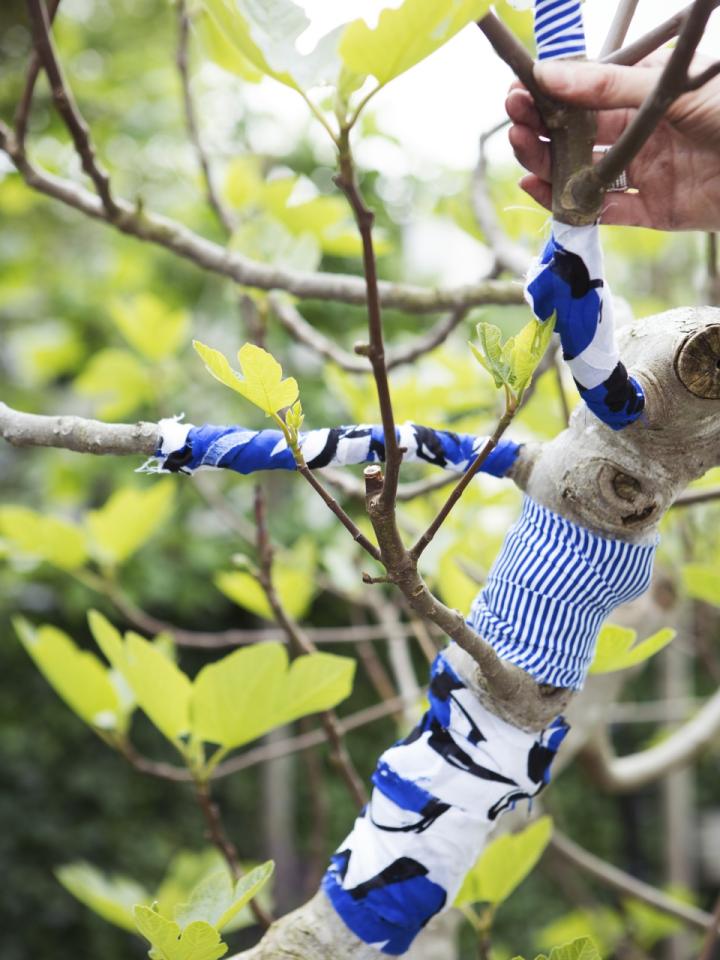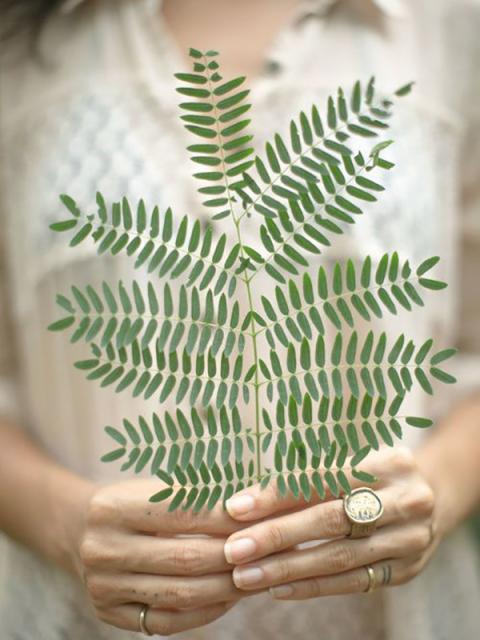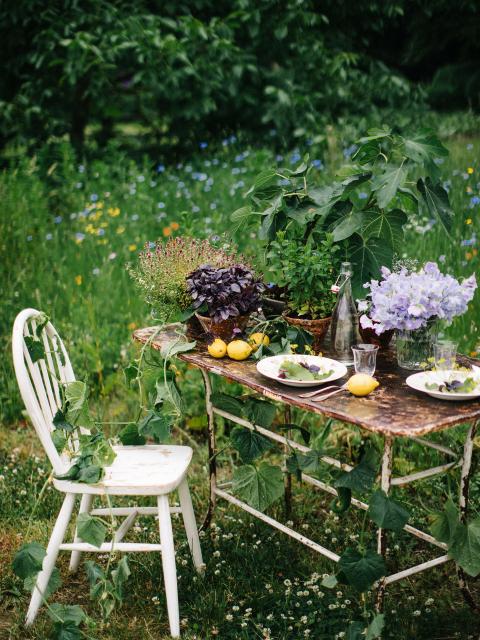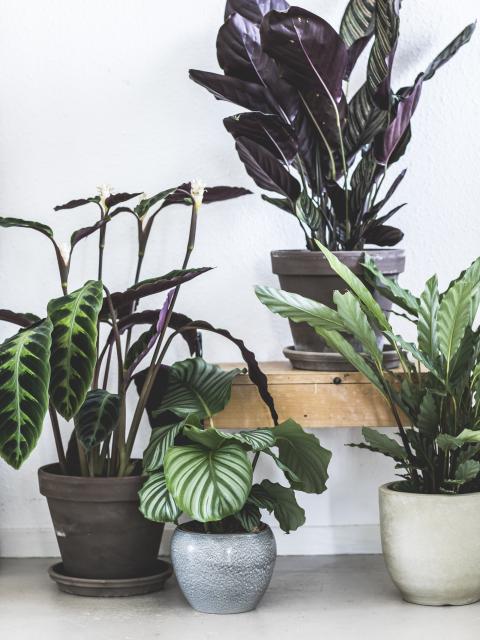The Fig Tree (Ficus carica) is usually just called a Fig. It’s an attractive shrub with a broad crown made up of fantastic large leaves with three or five points. The plant flowers with small blooms that later turn into pear-shaped fruit which smell delicious. When the figs darken and feel softer, they are ripe and taste their best. The Fig is usually used as a container plant that should spend the winter out of the frost, but there are also hardy species which can be planted in the soil. A Fig Tree can then reach a height of 10 metres under ideal conditions.
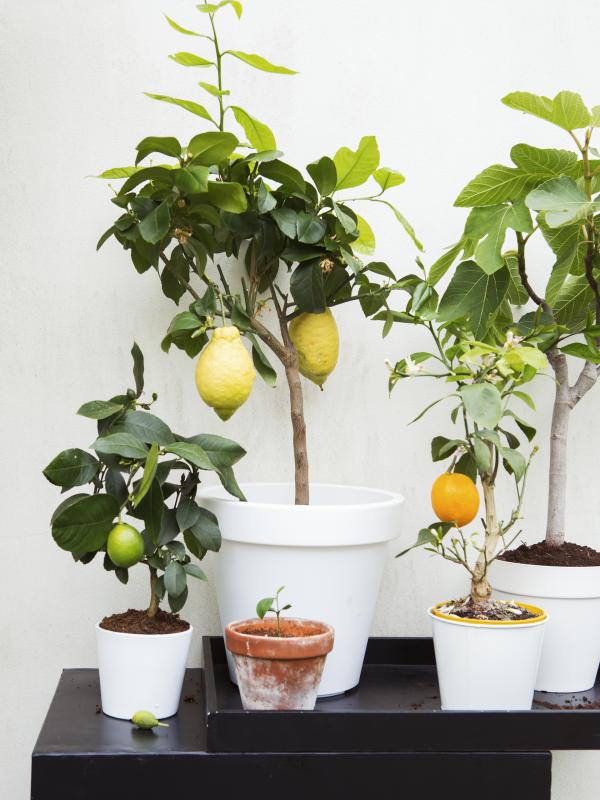
The first kitchen garden
The Fig is a member of the mulberry family and is native to western Asia. It was the first plant cultivated by humans to harvest the fruit. Traces of figs have been found in archaeological excavations near Jericho in settlements which are more than 12,000 years old. The plant is self-pollinating and spread towards the Mediterranean, arriving in northern Europe in the 15th century. Most Fig species also do very well in slightly cooler regions. You can help the tree by placing it beside a south-facing wall, that will continue to radiate heat after sunset.
Fig trivia
- In Genesis, Adam and Eve covered their nakedness with fig leaves when they had eaten from the Tree of Knowledge. As a result, the fig leaf has become the symbol of modesty and was very popular for centuries with artists to make their ‘nudes’ more respectable where necessary.
- The Fig is one of the Special Seven: plants that together provide a year’s worth of food. The others are wheat, barley, grapes, pomegranates, olives and dates.
- The Buddha had his insights under a bodhi tree: a large holy fig.

